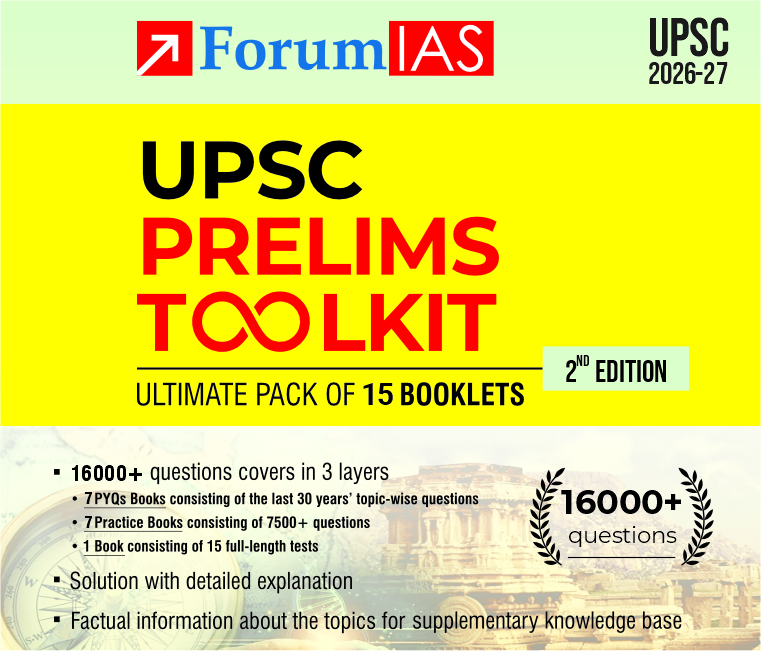| Introduction: Give a brief context to the question Body: Highlight the advantages and disadvantages of simultaneous elections. Conclusion: Way forward |
Recently, a High-Level Committee (HLC) headed by Ramnath Kovind, former President of India, was constituted in September 2023 to examine the issue of holding simultaneous elections for the Lok Sabha, State Legislative Assemblies, and local bodies of all States.
Advantages of holding simultaneous elections
- Cost factor: The Central government spends approximately ₹4,000 crore on conducting general elections to the Lok Sabha, and each State assembly election incurs significant costs based on the state’s size. Additionally, political parties and candidates spend much more. Simultaneous elections would lead to a reduction in these expenditures.
- Improve Governance: Elections in states lead to the imposition of a Model Code of Conduct (MCC) puts on hold the entire development program and activities. Further, the Model Code of Conduct that is enforced during the election process ranges usually from 45-60 days where no new schemes or projects can be announced by the Centre and concerned State governments.
- Administrative efficiency: During the election period, the administrative machinery in districts experiences a slowdown as the primary focus shifts to the conduct of elections. Paramilitary forces are relocated from their assigned locations to the respective states to ensure the seamless execution of the electoral process.
- Polarising campaign: High-stakes election campaigns result in polarising campaigns by all parties to win the elections. This trend has exacerbated in the last decade with the advent of social media thereby creating and deepening the fissures in our multi-religious and multilingual country. Simultaneous elections will reduce the frequency of such campaigns.
Disadvantages of holding simultaneous elections
- Anti-federal: Assembly elections centre on local issues, evaluating parties based on state-level performance. Merging them with general elections may drown regional stories in the national narrative, risking a setback to the federal character of the polity, something best avoided.
- Building consensus among parties: The primary hurdle for simultaneous polls is securing consensus among political parties to amend the law. Attaining unanimous agreement among all parties is a challenging task.
- Shortage of manpower: Insufficient personnel poses a challenge, as there is a shortage of security and administrative officials to conduct nationwide simultaneous elections. The endeavour also demands a larger workforce on a single day to guarantee the integrity of the electoral process.
- Against pluralist democracy: In India’s multi-party democracy, separate elections for State Assemblies and the Lok Sabha enable voters to express distinct preferences for different governments. However, when simultaneous voting for both governments occurs on the same day at the same polling booth, evidence suggests a tendency among voters to consistently support the same party for both State and Central governments, making it more of a rule than an exception.
Conclusion
The best possible solution to make simultaneous elections work is to conduct the Lok Sabha election in one cycle and all State assembly elections in another cycle after two and a half years. Further recommendations as suggested in reports of the Law Commission (1999), and the Parliamentary Standing Committee on Personnel, Public Grievances, Law and Justice (2015) may be adopted through suitable amendments. This will ensure that the major benefits of simultaneous polls are achieved without compromising on democratic and federal principles.




